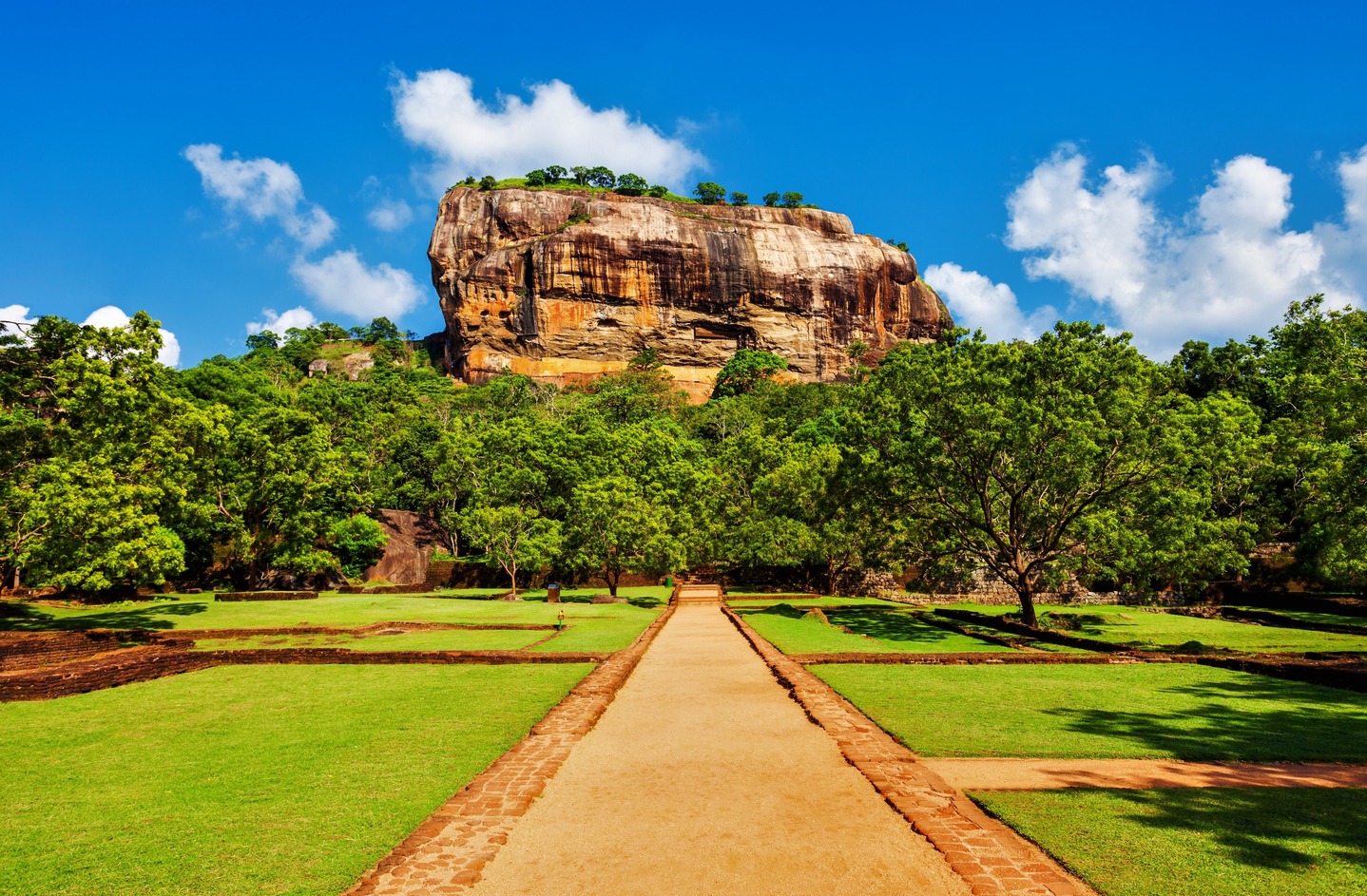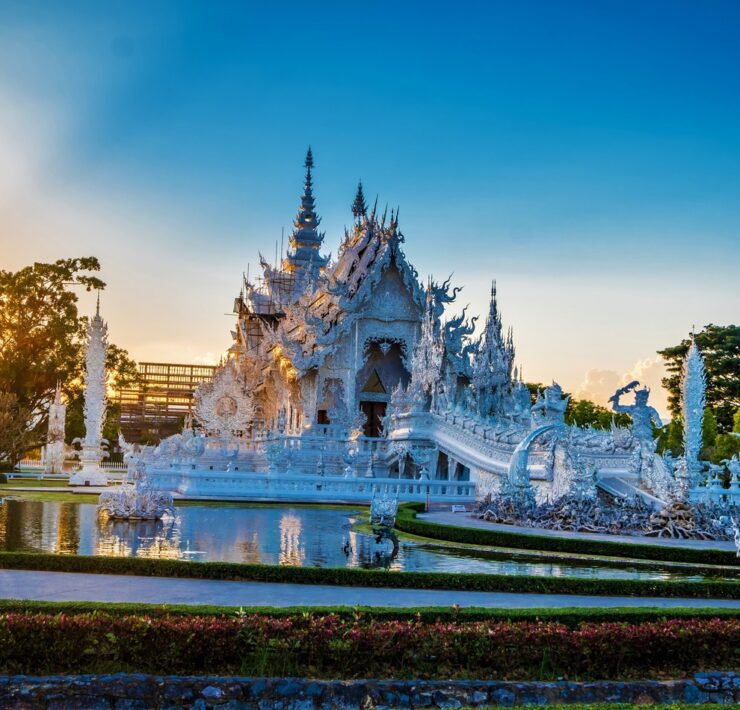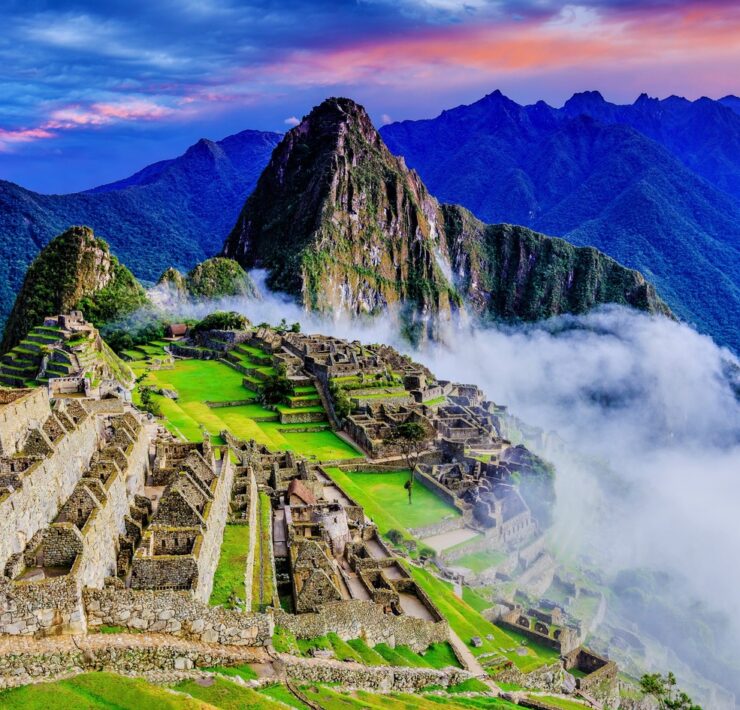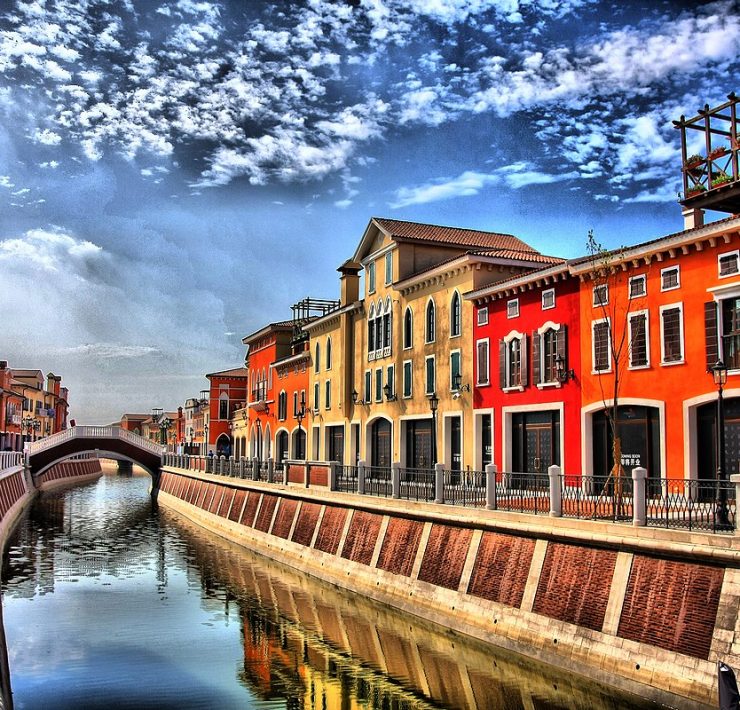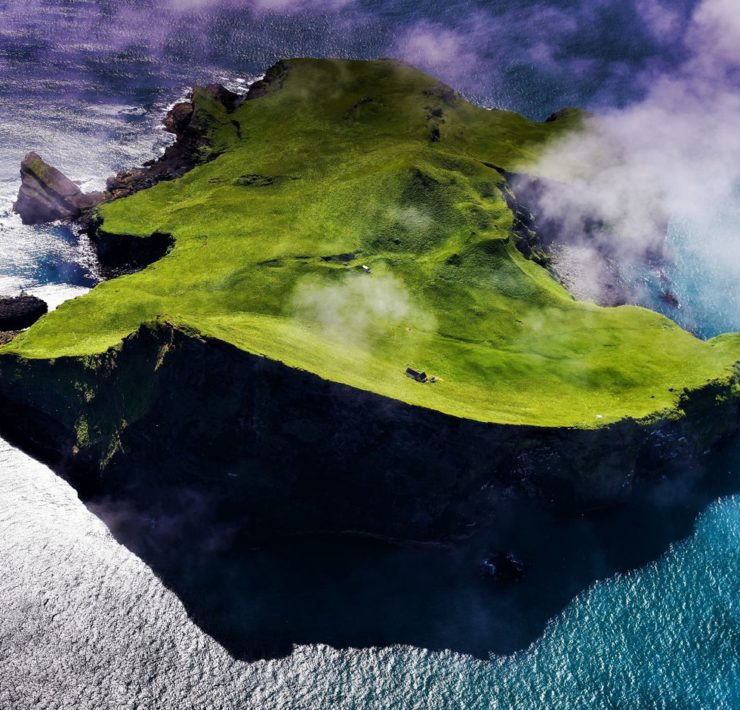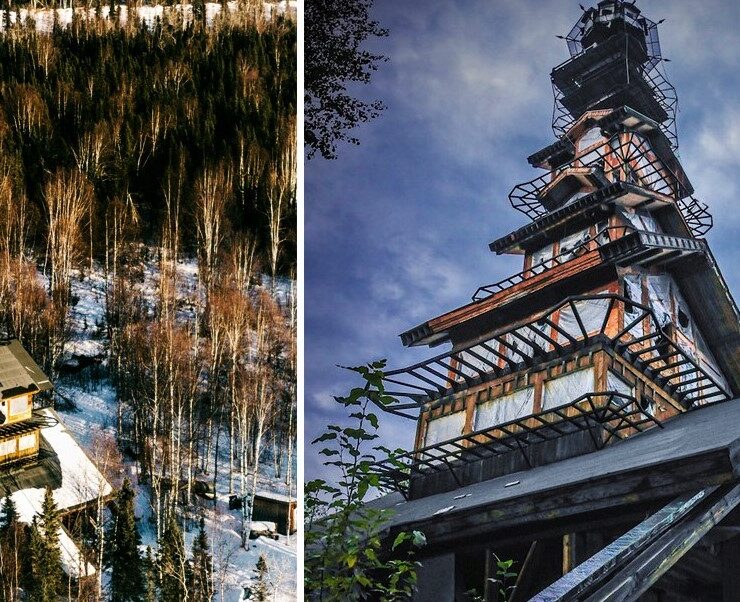In Sri Lanka, ruins of an ancient city can be seen lying on steep slopes and at the summit of a 200-meter high peak. This awe-inspiring city is called Sigiriya and is located in the Matale district near Dambulla in the Central Province of Sri Lanka.
The first thing that guarantees to catch your attention is the rock fortress known as “Sigiriya” or “Lion’s Rock .” The rock surrounded by green plains has a shape that can’t be found elsewhere on the island. So even though you’re miles away from Sigiriya, it’s easy to spot this unique complex created at the end of the 5th century.
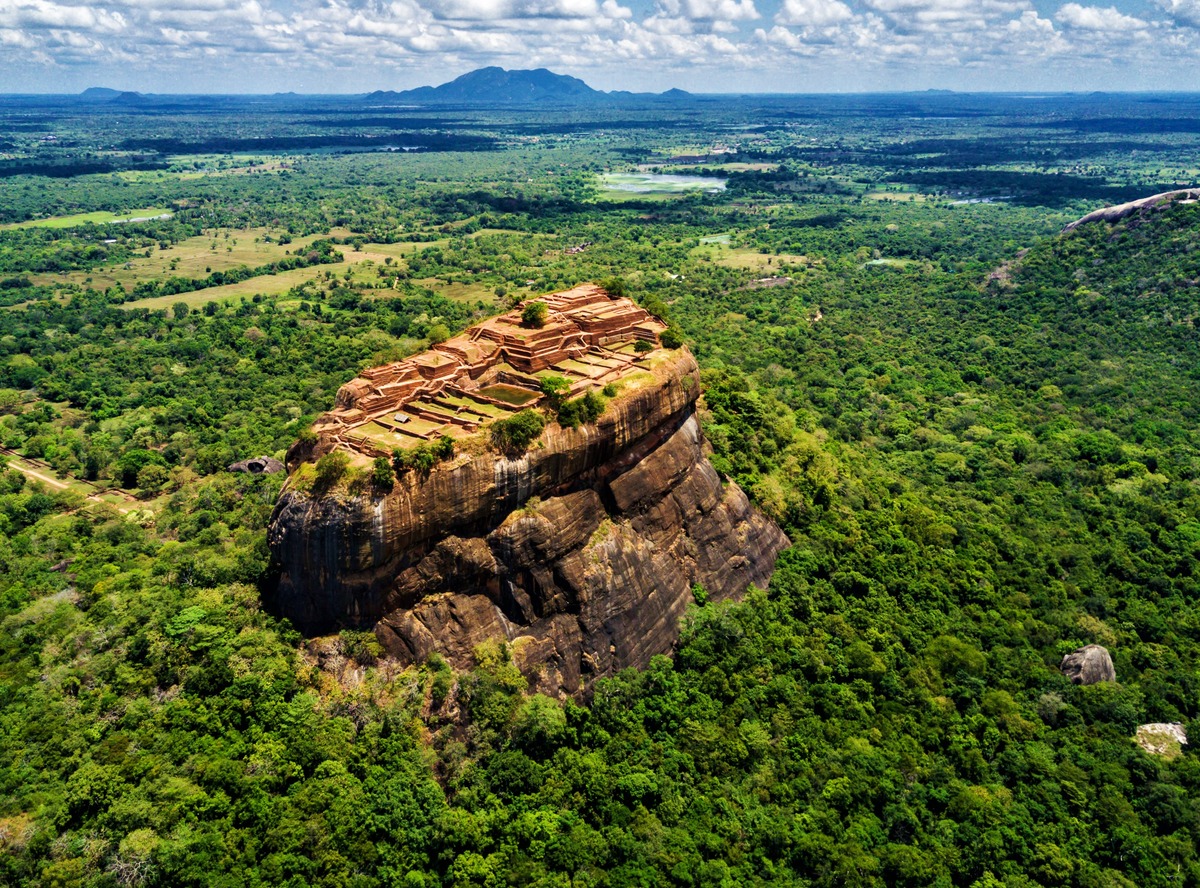
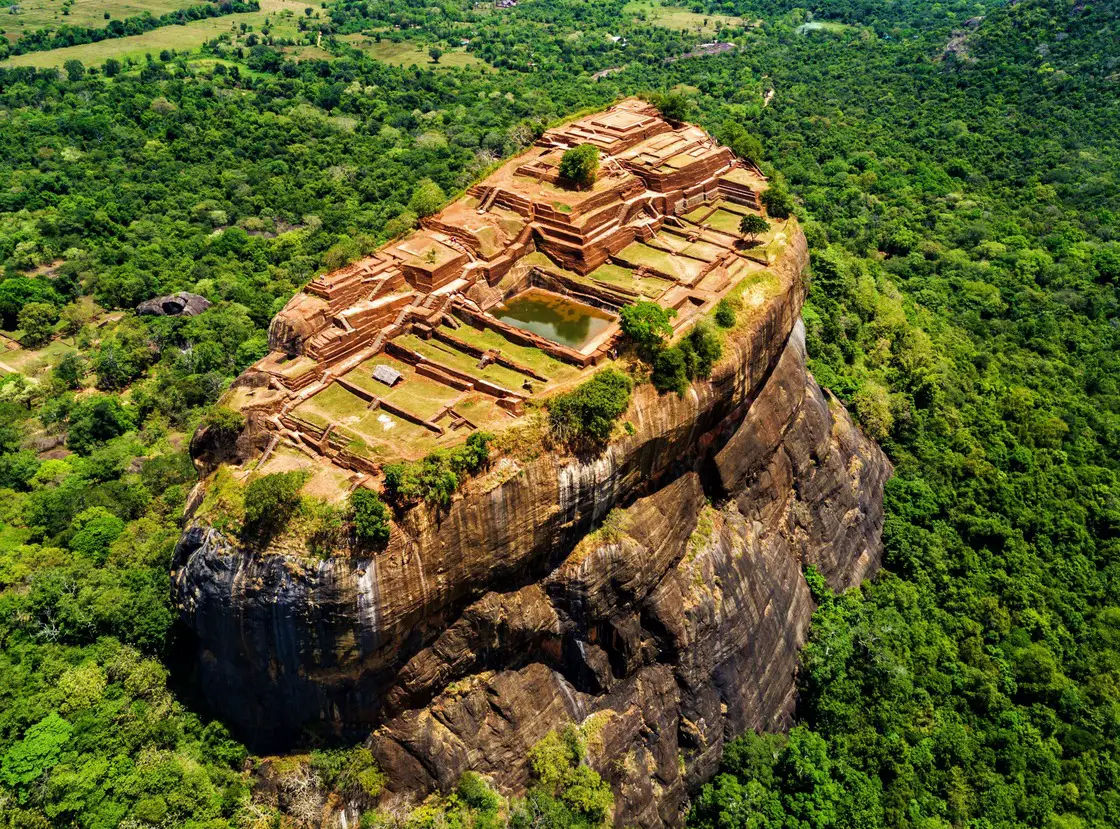
The ruins of the former Sinhalese capital were built by King Kassapa I. He was the son of the King of Anuradhapura, Dhatusena, from a companion queen. Dhatusena also had a son from the head queen named Mugalan.
Kassapa killed Dhatusena with the help of the army general Migara during the period he served as a prince. He later became the king, and his brother, Mugalan, escaped the country and went to India, fearing he could be his brother’s next target even though he was chosen by the Buddhist Bikhus and people to be the next king.
Kassapa also felt scared about the thought of his brother coming back for revenge, so he decided to seek refuge at the high rock of Sigiriya.
During the 11 years of staying in Sigiriya, Kassapa transformed the rock into a magnificent complex. The rock-turned-city possessed areas designed for its defenses, but it didn’t forget to be a place of beauty and splendor.
Ramparts and moats were built around it. In addition, royal pleasure gardens, water gardens, fountain gardens, and boulder gardens can be found within its inner city.
Sigiriya Rock Paintings or Frescoes of Sigiri Damsels called “Sigiri Asparas” locally remain to be that part of Sigiriya that keeps visitors stunned. Another interesting construction is the Mirror Wall, a graffiti written by everyone who visited Sigiriya from the 7th to the 10th centuries AD.
The high rock of Sigiriya can only be accessed by foot. As you walk to your destination, you’ll pass by a path bordered by trees for about a kilometer.
Next, you’ll pass by an outer moat, a rampart, and the Archaeological Museum on the right. Next, you’ll see a bridge over another moat which will lead you to the rock while passing by water gardens and fountains. There are about ninety-five pools or ponds found at Sigiriya.
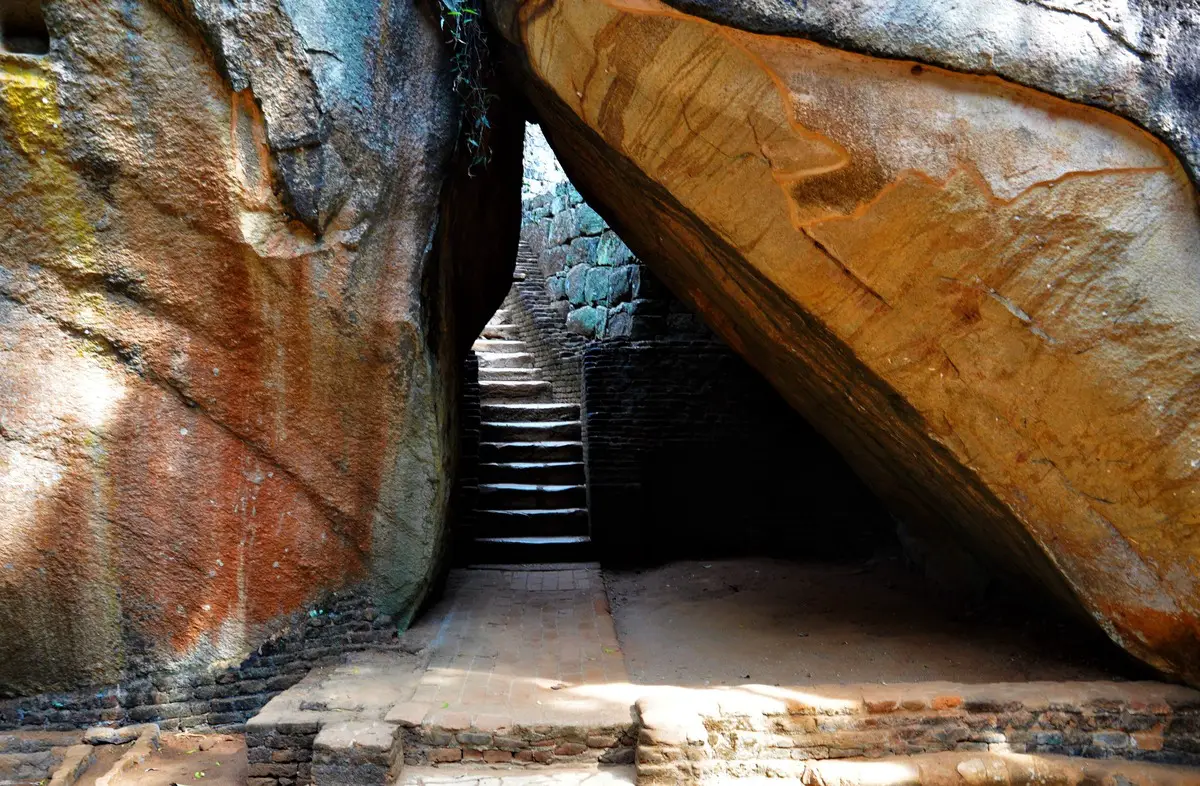
You’re almost at the rock’s entrance when you see a stone staircase that takes you to the fortress, but be better prepared, for it has 1200 steps. Climb the stairs, and you’ll pass by the caves and hollows inhabited and used as a place of worship by the early Buddhist monks.
After the caves, you’ll walk past the Audience Hall Rock and the Cobra Hood Cave, which was also used as a shelter by Buddhist monks during the third to the first centuries BC.
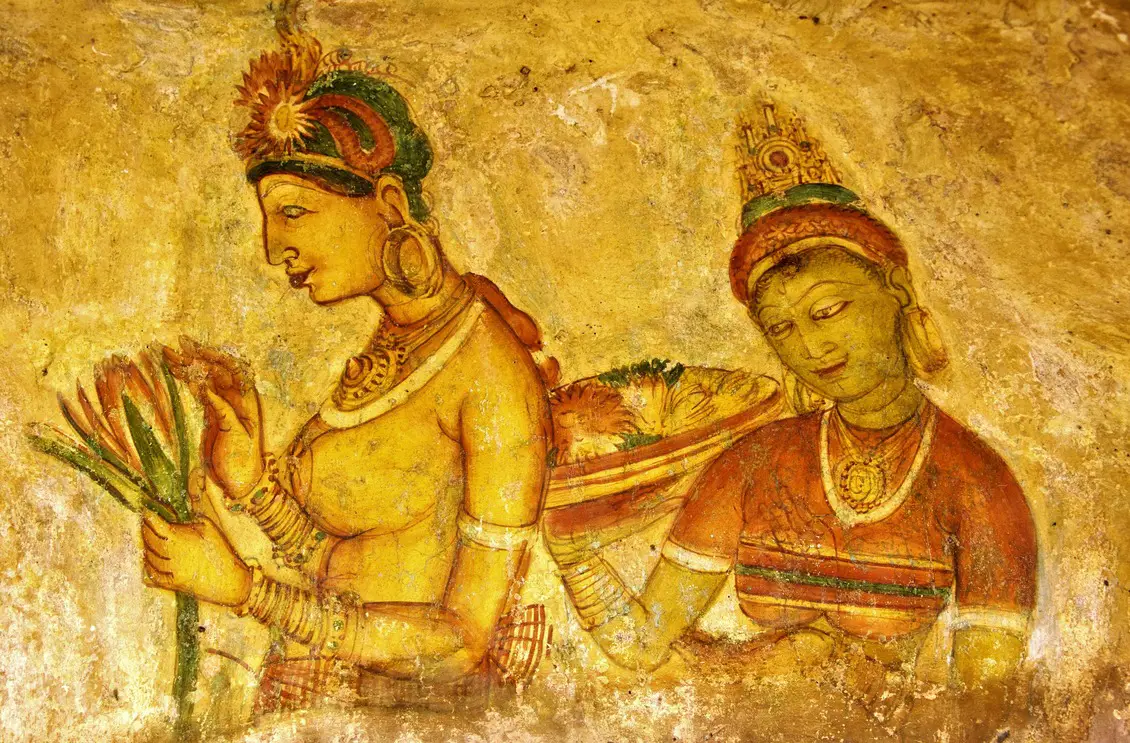
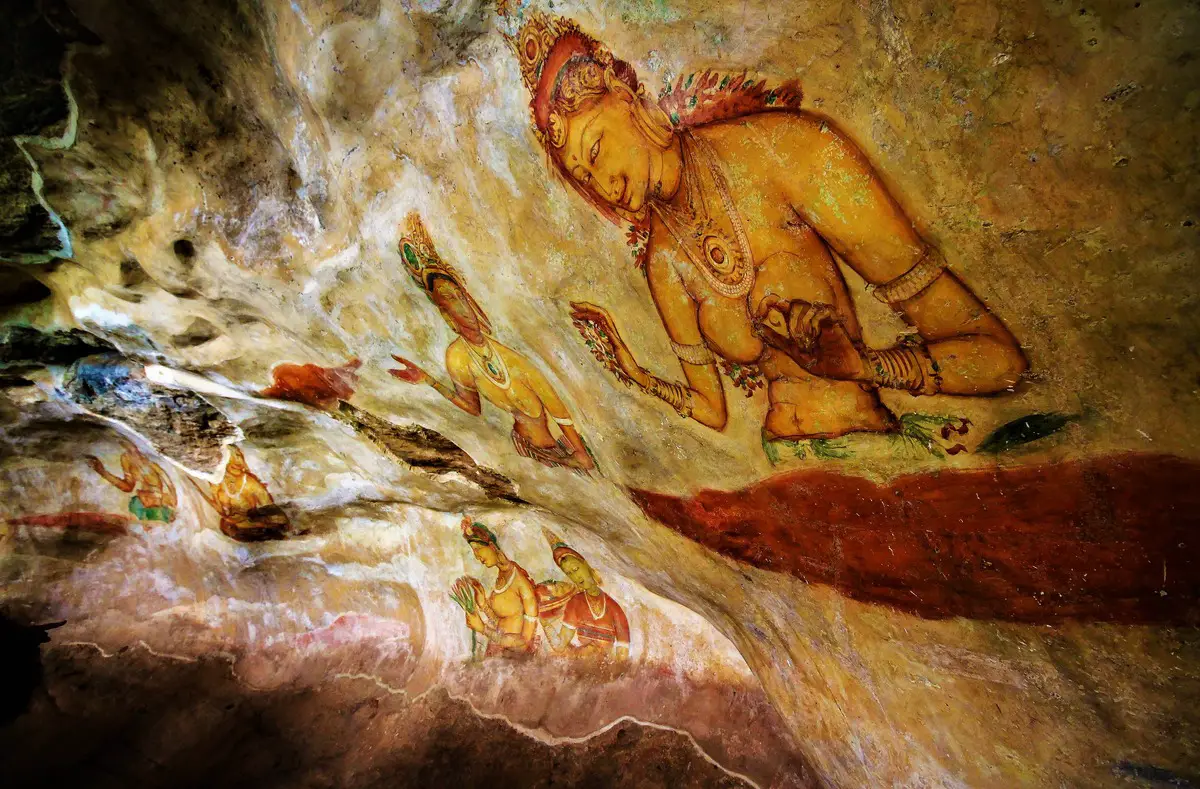
Halfway about 100 meters from the base of the rock, you’ll witness the amazing “Sigiriya damsels” frescoes with around 21 paintings of sensuous yet delicate images of beautiful apsaras referred to as ‘heavenly maidens.’
These are believed to be painted using the Fresco-Lustro method, and there were originally over five hundred paintings on the walls of the gallery before this number withered down to 21 due to age, weather, and vandalism.
Fourteen meters under the “Sigiriya damsels” is the Mirror Wall gallery that can be easily accessed via a spiral staircase from the frescoes. See the written verses in Sinhala scripts on the plaster-finished brick wall dating back to the 7th and 11th centuries AD. The old writings discuss experiences like love, hate, remembrances, and even irony.
After the frescoes and the Mirror Wall, continue walking until you reach the terrace, where you can find the remains of earlier buildings, plus great views around Sigiriya.
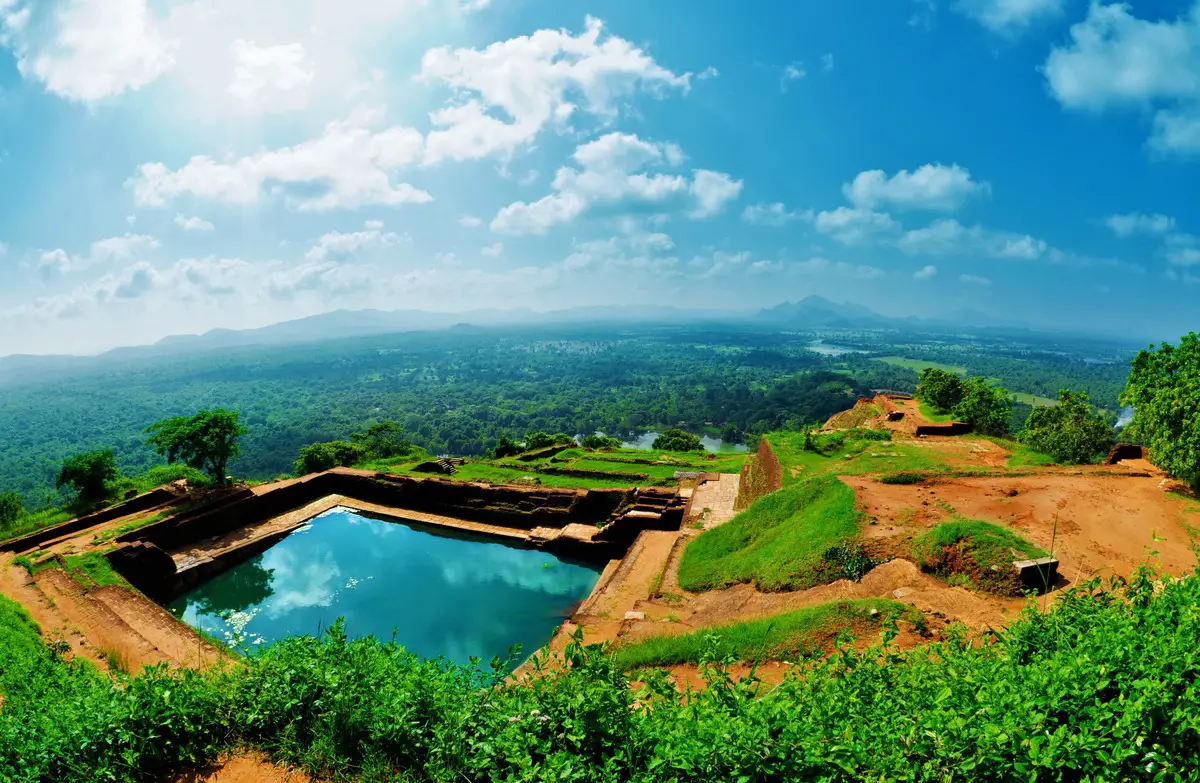
Based on the massive lion paws left on the rock’s entrance, it was believed that Sigiriya has a gigantic lion statue constructed at its summit. Before the erosion due to monsoon rains and wind, the huge paws supported the stout legs and head of a crouching lion with jaws wide open. Visitors pass through the lion’s mouth and through its throat to reach the heart of Kassapa’s domain.
Moving on from the terrace, you need to take the metal staircase leading to the summit. Stepping on the plateau after all those steps will surprise you with how this spacious land was a kingdom that almost reached the clouds.
But just like the kingdom of Sigiriya, Kassapa’s story ended when his brother Prince Mugalan returned after 18 years with an army of combined Chola and Sinhalese troops.
During the battle of the brothers, Kassapa’s elephant balked at a hidden swamp before him and momentarily turned aside. This was mistakenly thought of as a retreat for Kassapa’s party, which made the army leave the king defenseless. Knowing that his time was almost over, he drew his dagger, slashed his own throat, raised the blade high in the air, and sheathed it again before falling down dead.
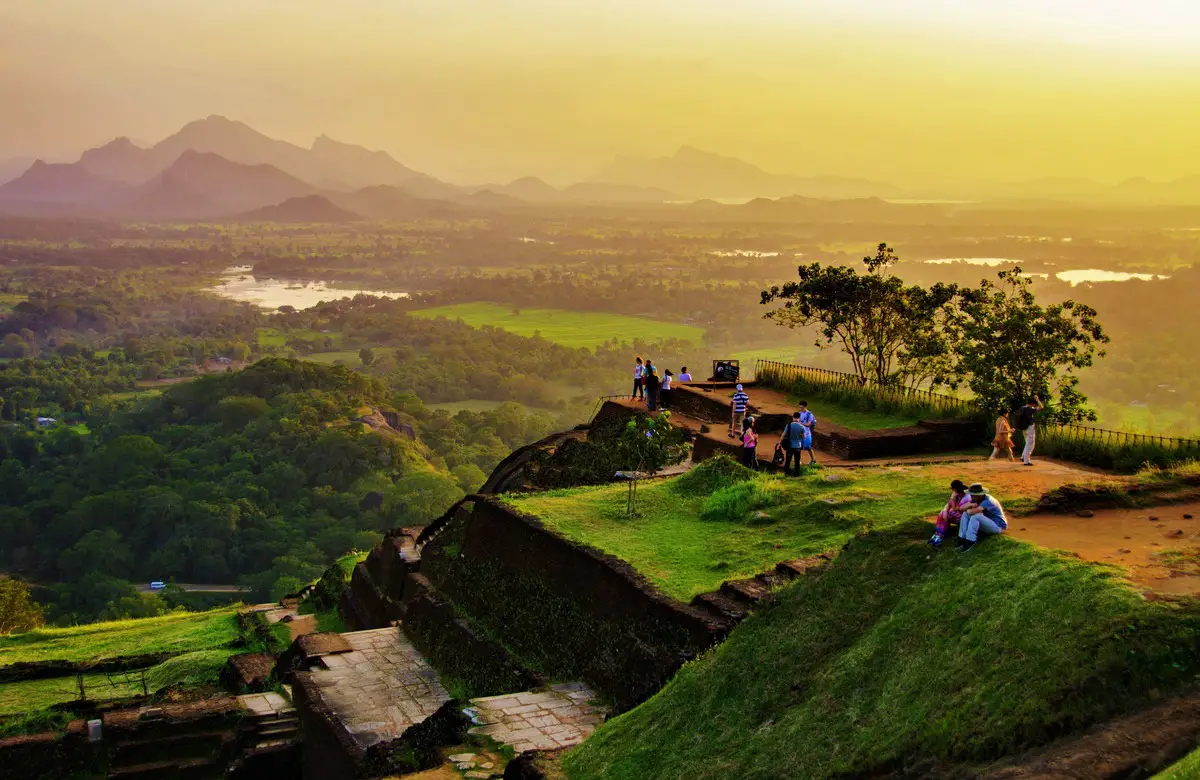
After Kassapa’s death, Mugalan returned to Anuradhapura and gave back Sigiriya to the Buddhist priests. In 1150 AD, it was abandoned, but during the 16th and 17th centuries, it served as a temporary outpost for the Kingdom of Kandy.
Finally, in 1831, it was discovered by Major Jonathan Forbes of the 78th Highlanders of the British Army, which led to the beginning of its archaeological work in the 1890s. And now, Sigiriya continues to be Sri Lanka’s favorite attraction.
If you are planning to explore Sigiriya’s ruins and wondering how to get to this ancient city from Colombo? Fortunately, there are several options for traveling from Colombo to Sigiriya, including by taxi, train, bus, or flight. We recommend going by taxi as no direct bus or train goes to Sigiriya. The journey takes about four hours and will cost you around 12,500 to 15,000 LKR.
Whereas flying from Colombo to Sigiriya is also an option, but we don’t advise choosing this mode of transportation because if you include the time spent on the taxi journey from Colombo city center to Bandaranaike, flight waiting time and then again the time spent on another taxi ride from the airport to the ancient town, you wouldn’t be saving much time as compared to the traveling by road.
Kailey is a travel writer currently based in New York, but mostly on the move. She loves sharing interesting stories from her experiences with the local culture, food and adventure activities through her writing. When she is not eating french fries and sipping wine, you can find her traveling to different areas, capturing new stories, teaching yoga, or working on her helicopter license.

